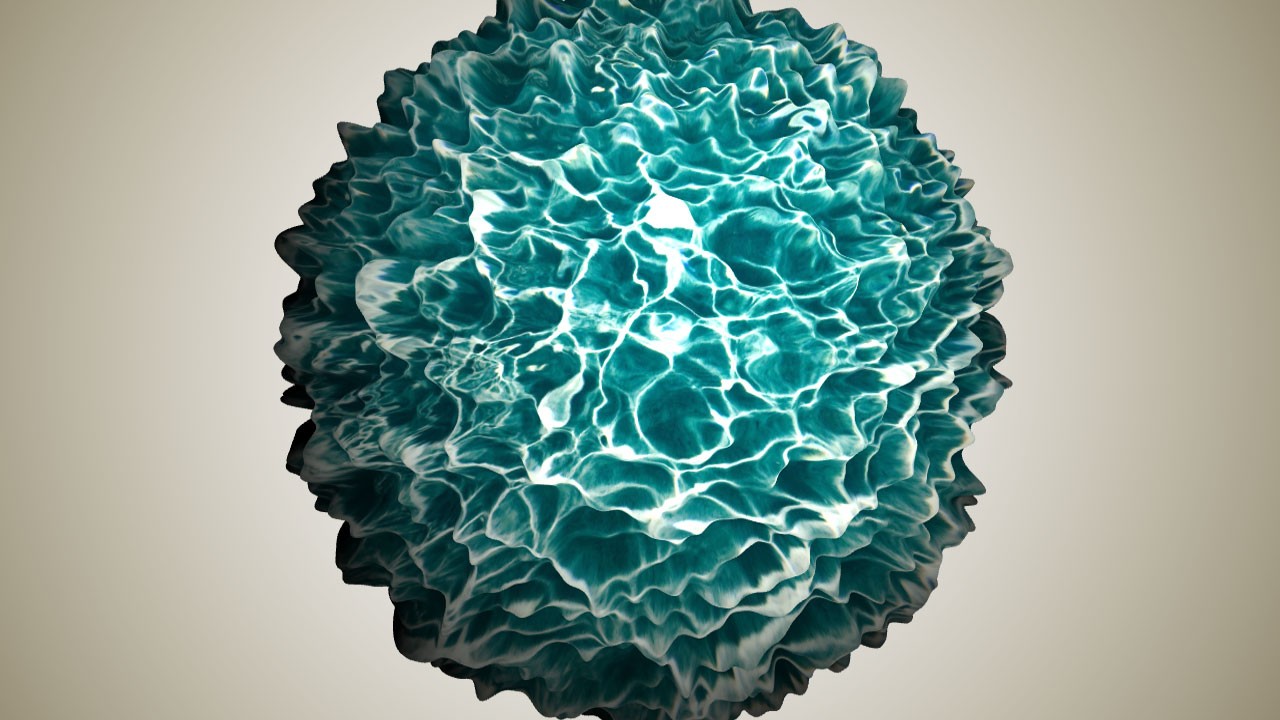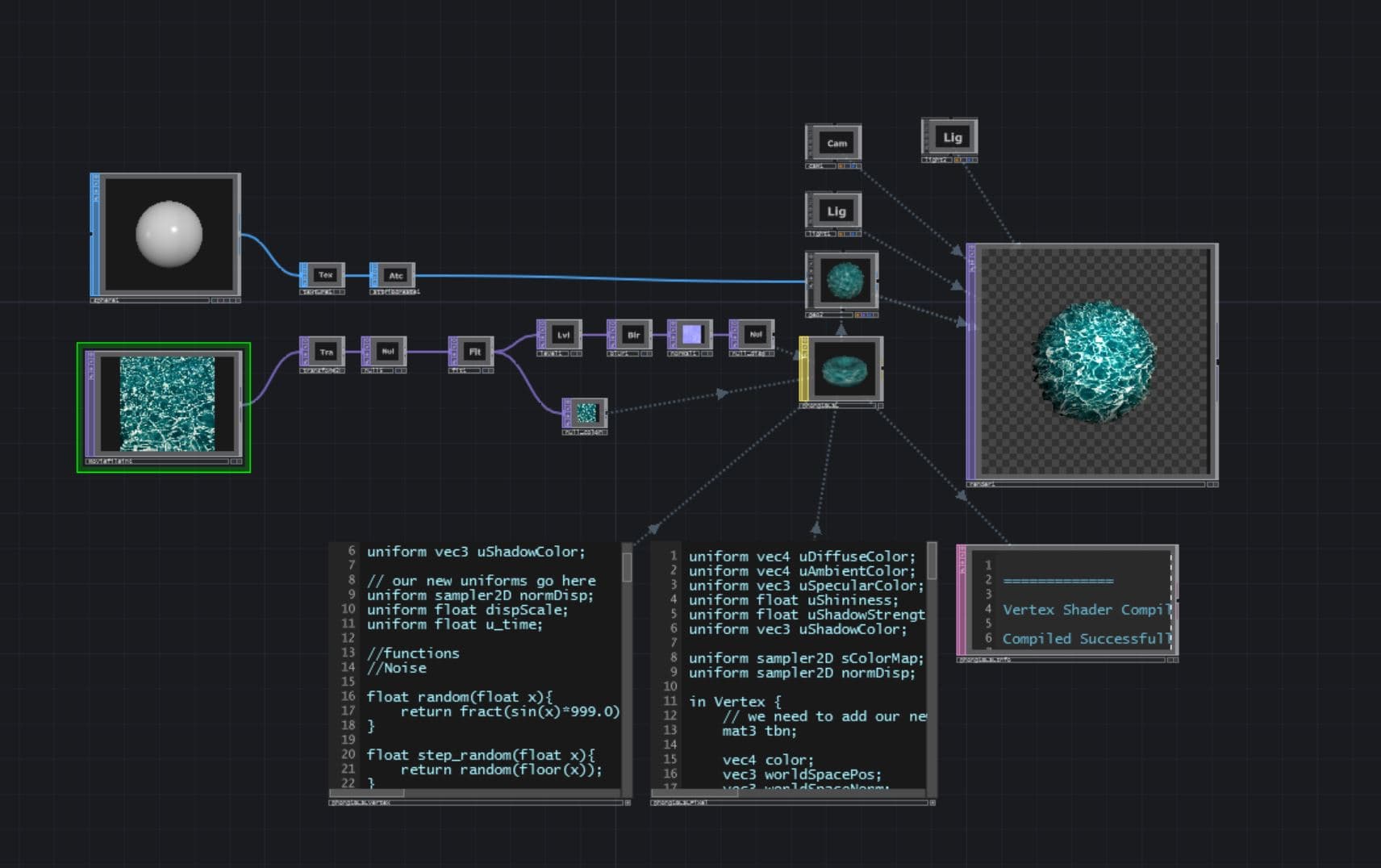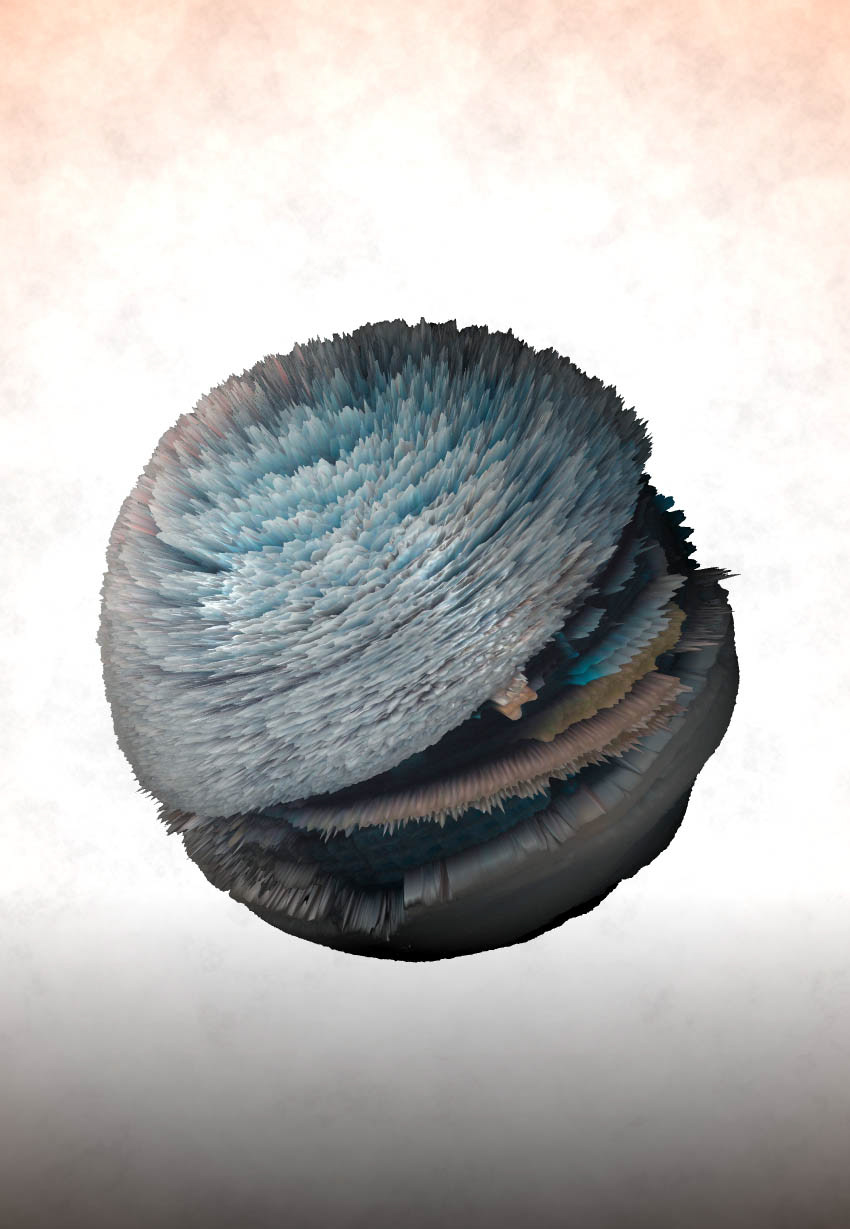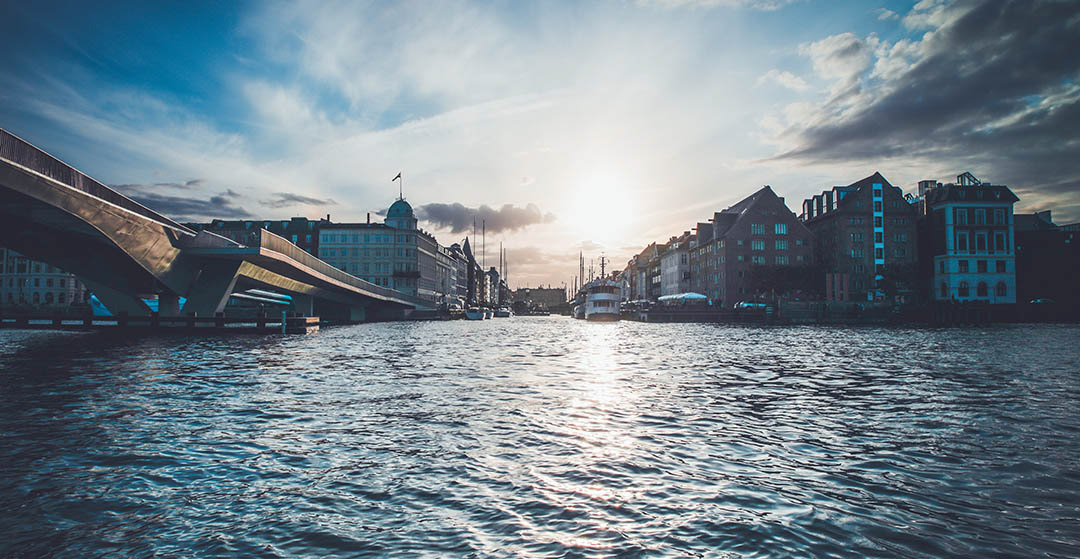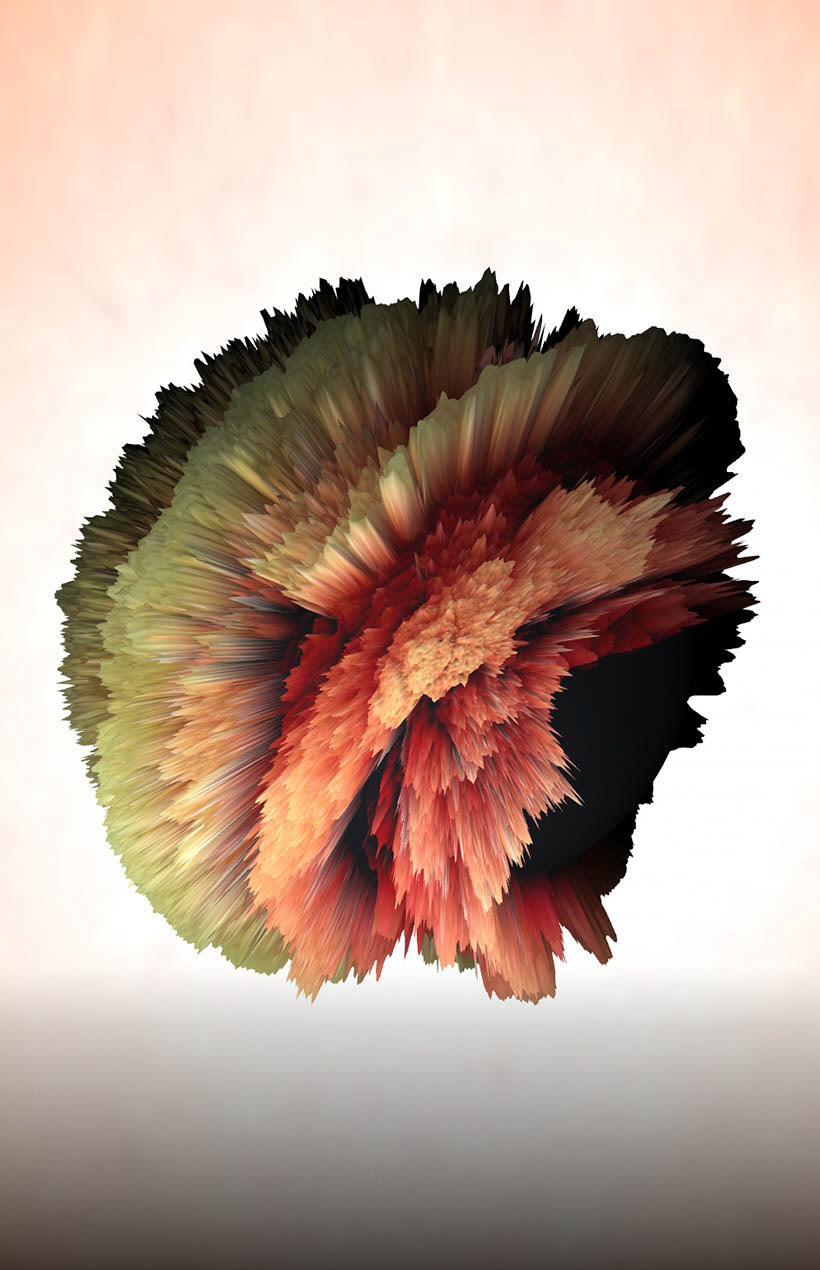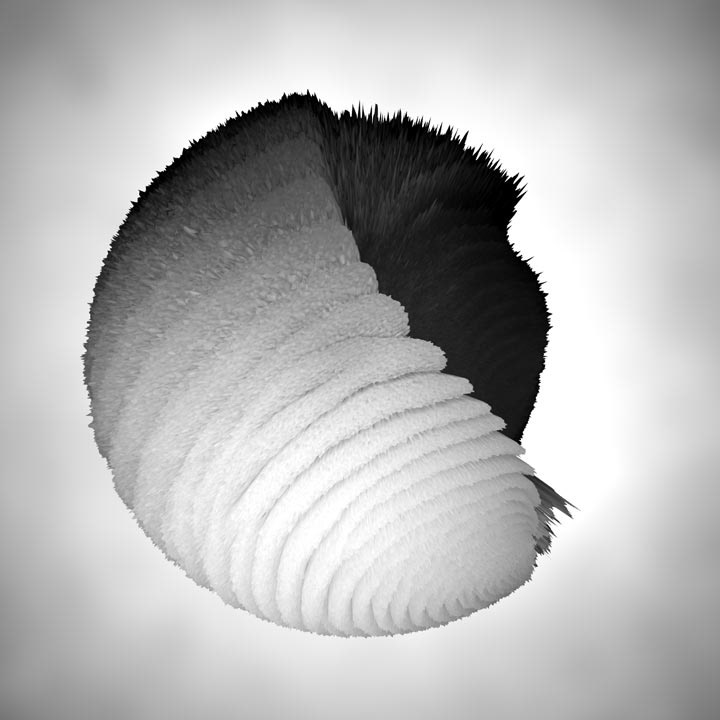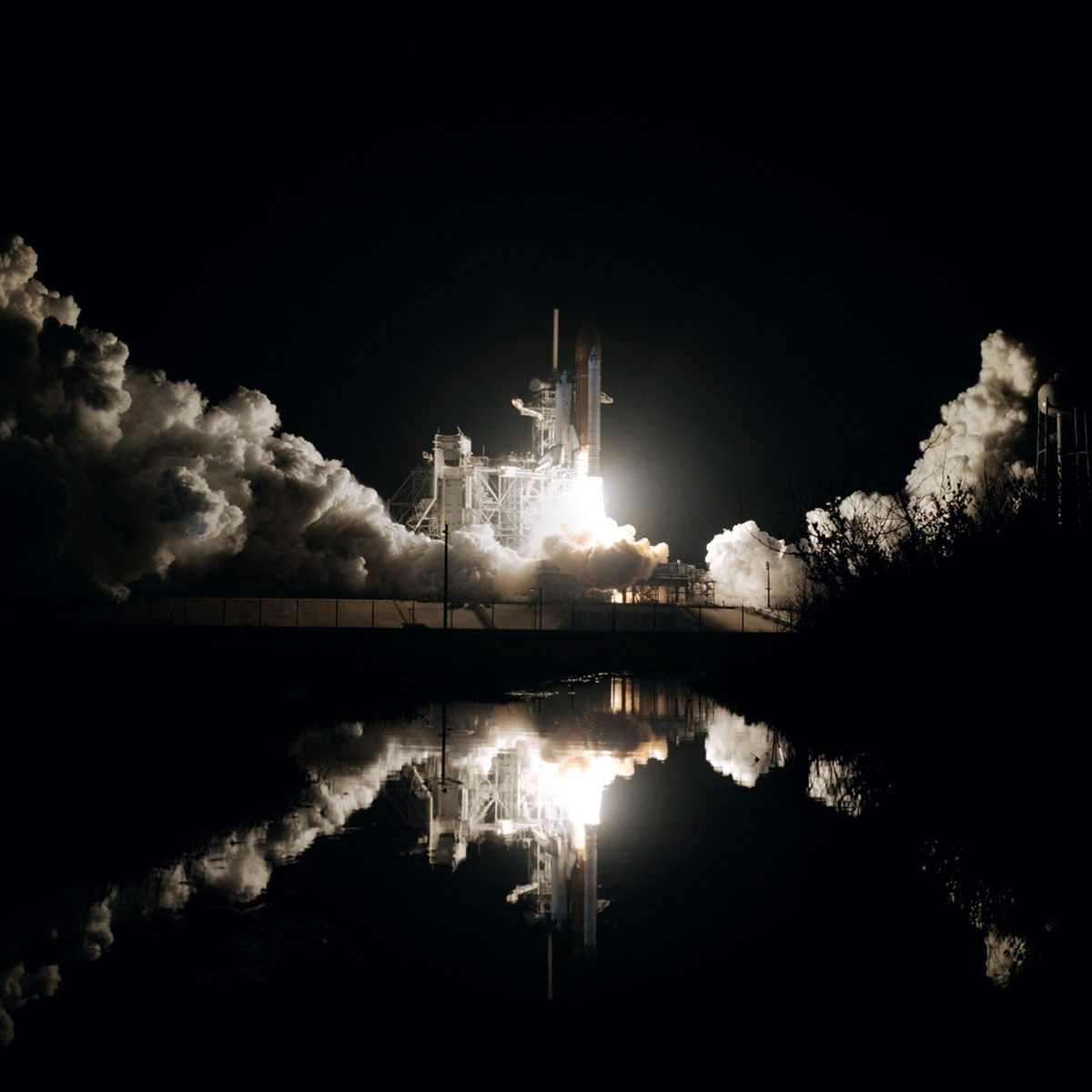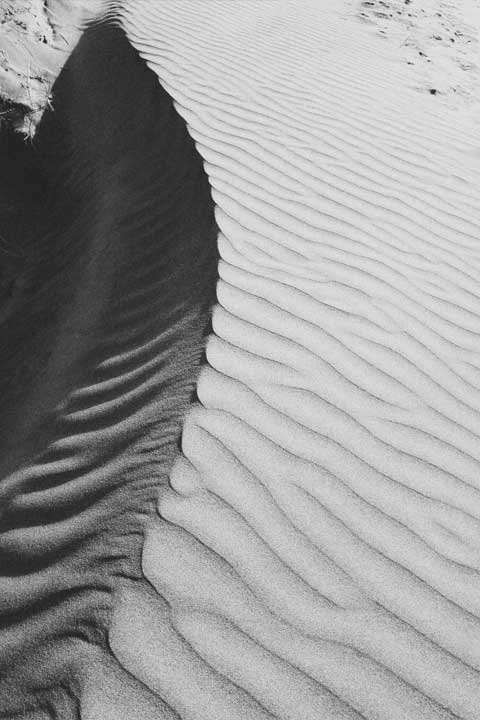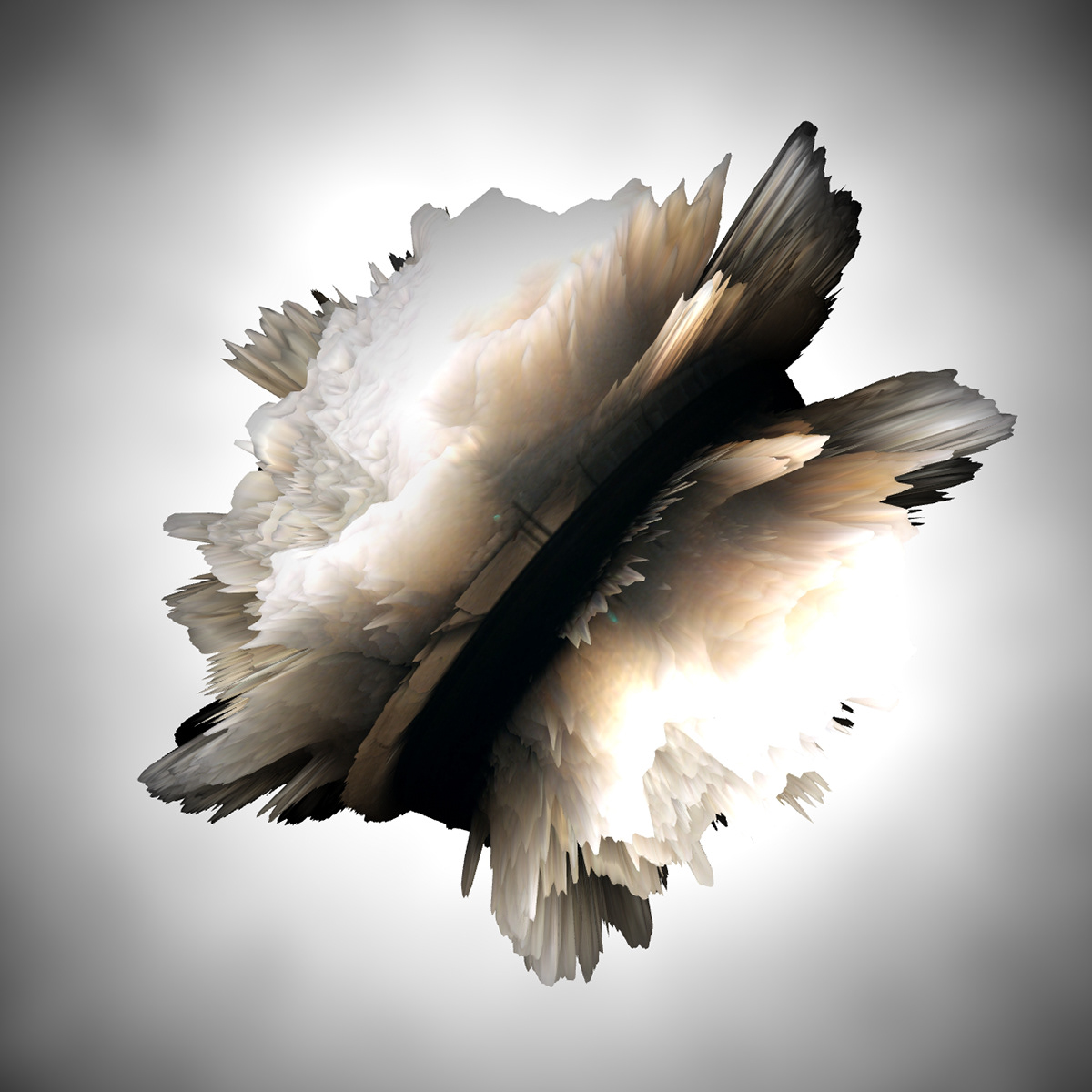GLSL Vertex Displacement
Tags
Programming, GLSL, TouchDesigner, Art, GitHub
The Challenge
The challenge was to learn how to create programmatic visuals that could scale for large-format installations like video walls. I wanted to leverage my existing programming experience in Python, C++, and JavaScript to master a more graphically-focused language. This research was directly informed by my professional interest in large-scale AV systems, supported by my AVIXA Certified Technology Specialist (CTS) certification (2019-2022).
My Solution & Approach
Using online resources like The Book of Shaders, Shadertoy, and community forums, I taught myself GLSL fundamentals. I then applied this knowledge to TouchDesigner, using the GLSL MAT node and creating a Fragment and Vertex shader. The vertex shader was programmed to displace the vertices of a 3D sphere along their normals, while the fragment shader used the same texture as a normal map to create intricate, dynamic lighting across the deformed surface.
Technical Highlights & Learnings
- Vertex Shader: A GLSL shader that procedurally deforms 3D geometry based on the values of an input texture.
- Fragment Shader (Normal Mapping): A technique implemented in the fragment shader to simulate intricate surface detail that realistically interacts with scene lighting.
- Efficient Shader Design: A dynamic GLSL material that uses a single 2D texture for two distinct purposes: large-scale geometric deformation and micro-surface lighting detail.
Project Files
GitHub Repository: The complete TouchDesigner project file and GLSL code are available on GitHub.
Tools & Technologies Used
Software: TouchDesigner
Programming: GLSL (OpenGL Shading Language)
